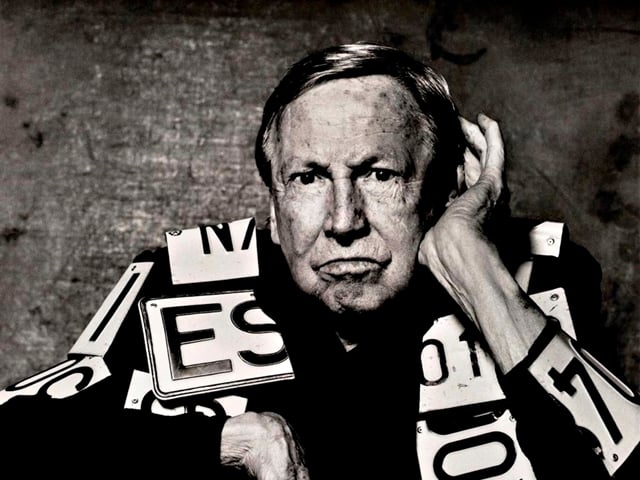Art & Exhibitions
Rauschenberg Foundation Dumps Gagosian for a Trio of Galleries, Including Pace

Photo: maría josé/Flickr.

Sarah Cascone

The Robert Rauschenberg Foundation is shaking things up, jumping ship from Gagosian Gallery, which has represented the estate since the artist’s death. The foundation has signed on three new dealers: Pace Gallery, with locations in New York, London, Hong Kong, and Beijing; Salzburg and Paris–based Galerie Thaddaeus Ropac; and São Paulo’s Galeria Luisa Strina.
Since Rauschenberg’s death in 2008, the foundation has been keeping busy, instituting a new grant program supporting activism in the arts, giving out $400,000 this year (see Robert Rauschenberg Foundation Awards $400,000 in Artist as Activist Grants) despite having to shell out $25 million to three of the late artist’s friends as payment for managing his estate, a ruling that the foundation is appealing (see Rauschenberg Foundation Appeals $25 Million Payout to Artist’s Friends).
The foundation acquired the assets of Rauschenberg’s estate in 2012, and, in the years since, the artist’s work has joined major museum collections including those of the San Francisco Museum of Modern Art and New York’s Metropolitan Museum of Art, Solomon R. Guggenheim Museum, and Museum of Modern Art (see Late Robert Rauschenberg Works Acquired by Six Major Museums).
The change in gallery representation precedes a retrospective co-organized by London’s Tate Modern and MoMA for 2016–17, which will travel to SFMOMA. Ahead of that exhibition, Pace New York will show a selection of the artist’s late works this fall, commemorating the artist’s 90th birthday. Solo presentations will follow at Ropac’s Paris location in October 2016 and at Luisa Strina, in Rauschenberg’s first gallery show in South America.
“The Foundation’s focus is on three strategic areas for Rauschenberg’s art: increasing access to the artist’s work via museums and institutions, encouraging scholarship among students, and preparing our archives to produce a catalogue raisonné,” explained Christy MacLear, the Foundation’s executive director, in a statement. “Partnering with these three galleries will cement Rauschenberg’s presence on the global stage—from New York to São Paulo, to Beijing and beyond.”
Though the crossover between a non-profit foundation and three commercially-driven galleries may seem strange, artists’ foundations commonly have gallery representation, such as the Judd Foundation at David Zwirner, the Calder Foundation at Pace, or the Helen Frankenthaler Foundation at Gagosian. In addition to helping foundations sell artworks, galleries can assist with publications, scholarship, and placing work in museum collections.